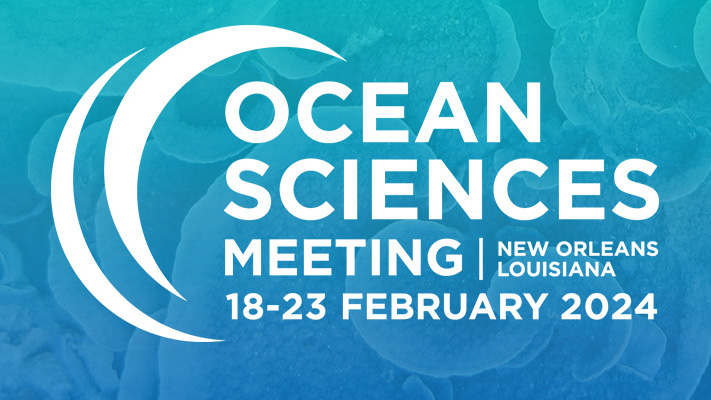Science enabled by NDSF vehicles at Ocean Sciences

Learn how data collected from NDSF vehicles is moving science forward. Here are some talks featuring our vehicles at the upcoming Ocean Sciences Meeting 2024.
If we’re missing anything, please send a note with a link to your talk to ndsf@whoi.edu.
Monday, February 19
9:25-9:36am
Robotic vehicles with integrated sampling and sensing capabilities enabling new modes of targeted, high spatial resolution biogeochemical observation: lessons learned from oxygen depleted zones and hydrothermal plumes.
John A Breier, University of Texas Rio Grande Valley
215-216, Second Floor (NOLACC)
#AUVSentry
9:36-9:47am
Population genomics uncover the processes impacting strain-level variation and local adaptation in chemosynthetic symbioses
Roxanne Beinart, University of Rhode Island
R09, Second Floor (NOLACC)
9:36-9:47am
Sensor for Aqueous Gases in the Environment (SAGE) – Advancing in situ methane sensing
Anna Michel, Woods Hole Oceanographic Institution
215-216, Second Floor (NOLACC)
#AUVSentry
2-3:30pm
High spatiotemporal observations of temperature variability at hydrothermal vent fields using fiber optic distributed temperature sensing
Johann Becker, University of Rhode Island
eLightning Theater, Hall B2 (NOLACC)
#ROVJason
4:00-6:00pm
Patch sizes of coral and sponge communities on Southern Emperor- Northwestern Hawaiian Ridge Seamounts
Virginia Biede, Florida State University
Poster Hall, First Floor (NOLACC)
#AUVSentry
4:00-6:00pm
Genomic analysis of microorganisms enriched from deep hydrothermal vent systems on the Mid-Cayman Rise
Olivia D Nigro, Hawaii Pacific University
Poster Hall, First Floor (NOLACC)
#HOVAlvin
4:00-6:00pm
The role of bacteriophage in microbial symbiont population structure at deep-sea hydrothermal vents of the Lau Basin
Michelle Hauer, University of Rhode Island
Poster Hall, First Floor (NOLACC)
Tuesday, February 20
2:00-3:30pm
Optimizing Workflows and Leveraging Sealog to Improve Metadata Consistency and Data Ingestion
Christina Haskins, Woods Hole Oceanographic Institution
eLightning Theater, Hall B2 (NOLACC)
#HOVAlvin #ROVJason #AUVSentry
3:00-5:00pm
Combining Multi-frequency Acoustics and ROV Observations to Investigate the Water Column Fauna of Hydrographer Canyon
Anika Cho, NOAA Ocean Exploration and University of Alabama
Poster Hall, First Floor (NOLACC)
#HOVAlvin
Wednesday, February 21
9:18-9:24
Where do I Sample? Building Scientific Situational Awareness for Hydrothermal Plume Investigations with an Autonomous Underwater Vehicle
Victoria Preston, Northeastern University
215-216, Second Floor (NOLACC)
#AUVSentry
4:00-6:00pm
Assessing the supply of Alviniconcha larvae at hydrothermal vents on the Eastern Lau Spreading Center
Vanessa Jimenez, University of Rhode Island
Poster Hall, First Floor (NOLACC)
#HOVAlvin
4:00-6:00pm
Evaluating In-Situ Measurements of Hydrothermal Plume Tracers for Autonomous Exploration and Sampling
Andrew Branch, NASA Jet Propulsion Laboratory
Poster Hall, First Floor (NOLACC)
#AUVSentry
Thursday, February 22
9:45-9:55am
Hydrothermal Estuaries: What Sets the Fe Flux from Submarine Venting to the Oceans?
Christopher R German, Woods Hole Oceanographic Institution
R08, Second Floor (NOLACC)
#AUVSentry
